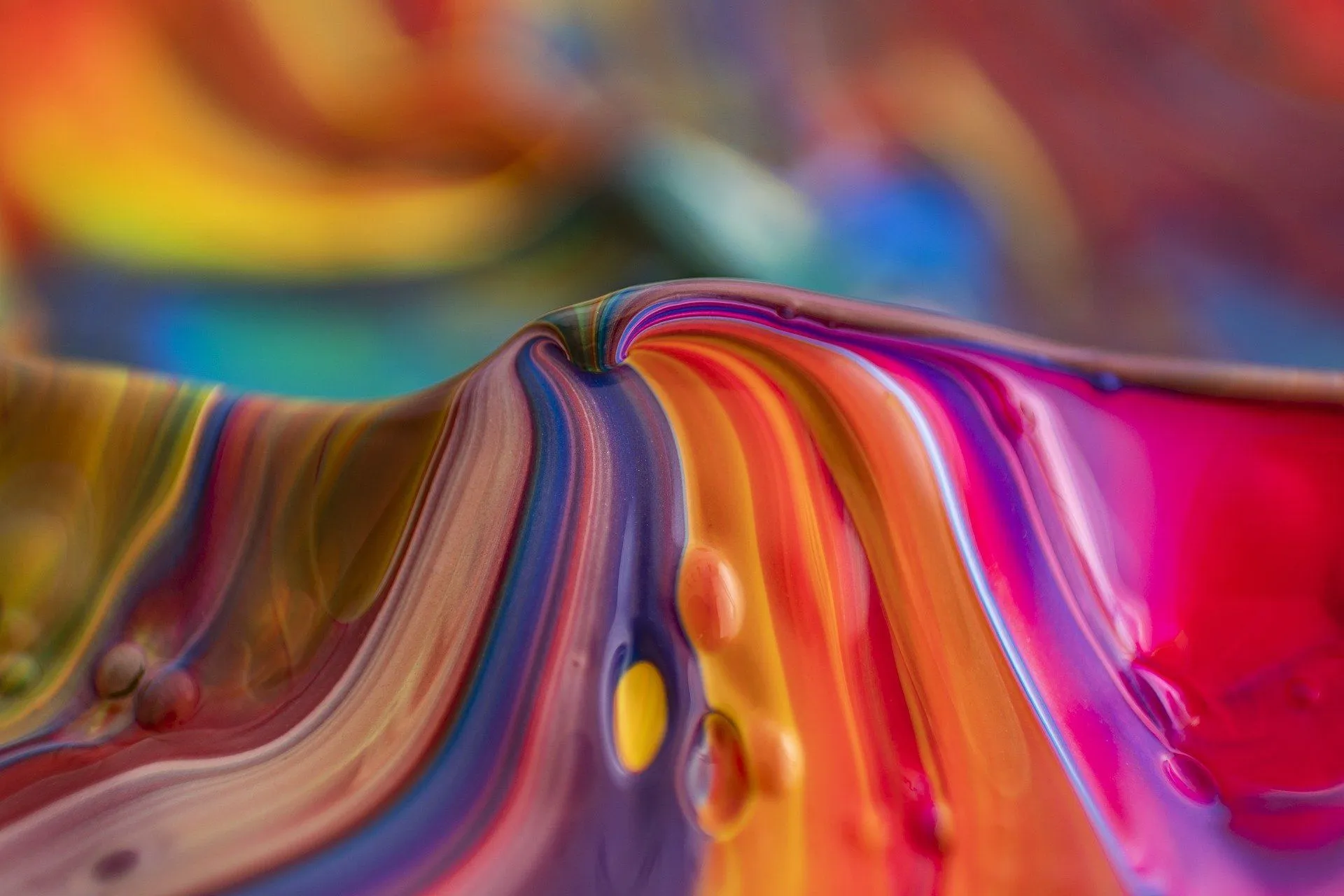FOR ALL AGES
A Swiss-born sculptor, painter, draftsman, and printmaker, Alberto Giacometti was known as a jack of all trades.
Though Alberto Giacometti hailed from Borgonovo, he spent much of his life in Paris where he worked. His classic sculptures were the highlights of the 20th century, among many.
One of the many important sculptors of the times, Alberto Giacometti was greatly influenced by Cubism and Surrealism.
The philosophical ideas about humans and the debates of existentialism and phenomenology molded his perceptions to reflect in his artworks. To pick up figurative ideas, Alberto Giacometti gave up on Surrealism in 1935. Surrealism was more of a cultural movement in the 20th century when artists let their unconscious minds depict illogical scenes. Figurative art, on the other hand, attracted him with its more representational forms that carried perceptions better.
It's not just sculptures that define this sublimely gifted artist. Alberto Giacometti penned for periodicals and exhibition catalogs. Alberto Giacometti had a critical nature which made him question his artistic vision through the lens of self-doubt and inability to self-perceive. Nonetheless, this helped him groom his artistic force within. The height of his works ranged from tiny sculptures of 2.7 in (7 cm) to extremely tall and slender figurines at different passages of history. Between 1938 and 1944, his sculptures were much smaller and after the Second World War, Alberto Giacometti displayed tall and slender figurines. Varying with individual discernments, these sculptures were and continue to be a marvel. Mainly a painter, Giacometti had tried his hand on paintings too. He produced some of the finest figurative and monochrome paintings that were full of life.
You would love to read about his early life, career, and a lot more Alberto Giacometti facts. Dive further to get some insights into his life here!
Alberto Giacometti was born on October 10, 1901, in Borgonovo in Switzerland. Alberto Giacometti was the eldest of four siblings and was born to the post-impressionist painter, Giovanni Giacometti, and Annetta Giacometti Stampa.
From his hometown Borgonvo, Alberto Giacometti moved to Paris in 1922, for practice under sculptor Antoine Bourdelle, who was an associate of Rodin.

In 1958, though Alberto was invited to carve out a colossal sculpture for the Chase Manhattan Bank building in New York which he turned down after creating four figures of standing women only because the sculpture was not in concurrence with the site.
This ailing artist suffering from pericarditis, heart disease, and pulmonary disease, had to bid adieu in 1966 Kantonsspital in Chur, in his motherland Switzerland and was interred near his parents at his birthplace in Borgonovo.
Read The Disclaimer
At Kidadl we pride ourselves on offering families original ideas to make the most of time spent together at home or out and about, wherever you are in the world. We strive to recommend the very best things that are suggested by our community and are things we would do ourselves - our aim is to be the trusted friend to parents.
We try our very best, but cannot guarantee perfection. We will always aim to give you accurate information at the date of publication - however, information does change, so it’s important you do your own research, double-check and make the decision that is right for your family.
Kidadl provides inspiration to entertain and educate your children. We recognise that not all activities and ideas are appropriate and suitable for all children and families or in all circumstances. Our recommended activities are based on age but these are a guide. We recommend that these ideas are used as inspiration, that ideas are undertaken with appropriate adult supervision, and that each adult uses their own discretion and knowledge of their children to consider the safety and suitability.
Kidadl cannot accept liability for the execution of these ideas, and parental supervision is advised at all times, as safety is paramount. Anyone using the information provided by Kidadl does so at their own risk and we can not accept liability if things go wrong.
Kidadl is independent and to make our service free to you the reader we are supported by advertising.
We hope you love our recommendations for products and services! What we suggest is selected independently by the Kidadl team. If you purchase using the buy now button we may earn a small commission. This does not influence our choices. Please note: prices are correct and items are available at the time the article was published.
Kidadl has a number of affiliate partners that we work with including Amazon. Please note that Kidadl is a participant in the Amazon Services LLC Associates Program, an affiliate advertising program designed to provide a means for sites to earn advertising fees by advertising and linking to amazon.
We also link to other websites, but are not responsible for their content.
Was this article helpful?



We’ll send you tons of inspiration to help you find a hidden gem in your local area or plan a big day out.



Check your inbox for your latest news from us. You have subscribed to:
Remember that you can always manage your preferences or unsubscribe through the link at the foot of each newsletter.